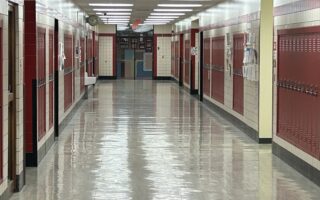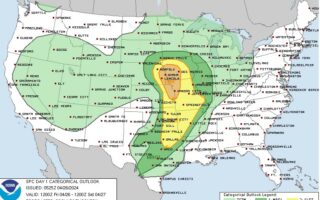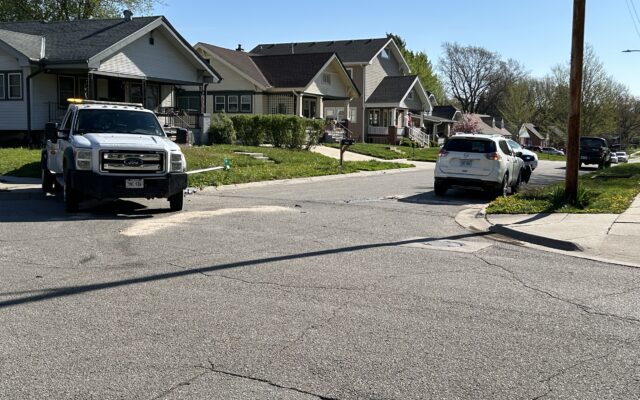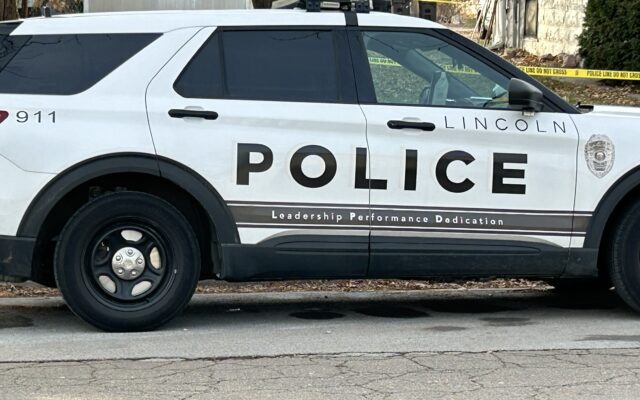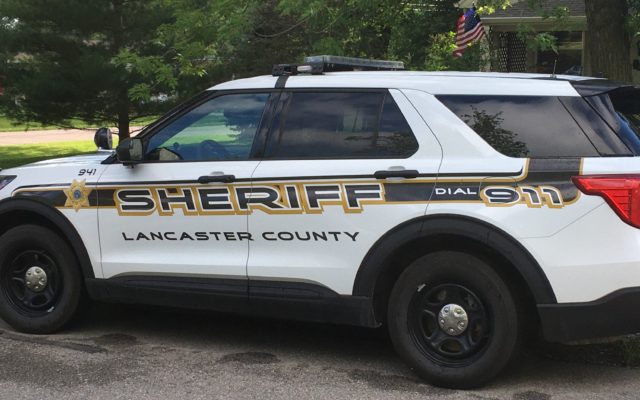79% of Voters Want Lawmakers to Expand High-Speed Internet Access

(KFOR NEW August 6, 2021) A new A-A-R-P survey finds nearly 8 in 10 Nebraska voters age 50 and older say elected officials should work to ensure that high-speed internet is available to all Nebraskans regardless of where they live. COVID health restrictions exacerbated the so-called digital divide, particularly in unserved rural areas that struggled to access telehealth, and work and school from home.
Todd Stubendieck with A-A-R-P Nebraska says the lack of reliable internet access was exacerbated during the COVID public health emergency, when families were forced to work and attend school from home. Nearly eight in ten voters say lawmakers should take action to bridge the digital divide.
“And what we also learned is that, in a very bipartisan manner, these folks believe that policymakers in this state should be taking steps to ensure that all Nebraskans have access to high-speed internet.”
Stubendieck likens the task of building out broadband to the challenges of bringing electricity to rural areas during the 1920s and ’30s.
“High-speed internet has become a utility, and there probably is a role for government going in and helping incentivize and set up the programs that help build out this infrastructure to all Nebraskans.”
High-speed internet is not just for video games and streaming movies. Stubendieck says it’s necessary for accessing telehealth, filling out job applications, and other critical services. Telecom companies have long resisted expanding broadband service to rural, less populated areas – in Nebraska, and across the nation – because they are considered to be less profitable, and state lawmakers have resisted mandating companies to provide universal service to all residents.
More than half of home internet users in non-rural parts of the state have a cable internet connection, compared with just one in ten rural homes, who rely on D-S-L, satellite or wireless. Fiberoptic connections, the fastest service available, are out of reach for most homes. More than 8 in 10 surveyed report they do not have fiber, largely because of a lack of availability.


